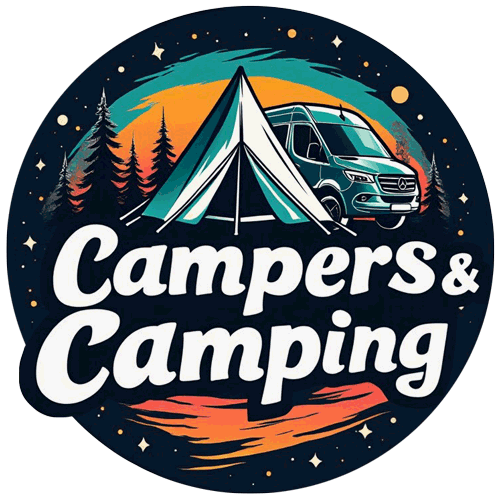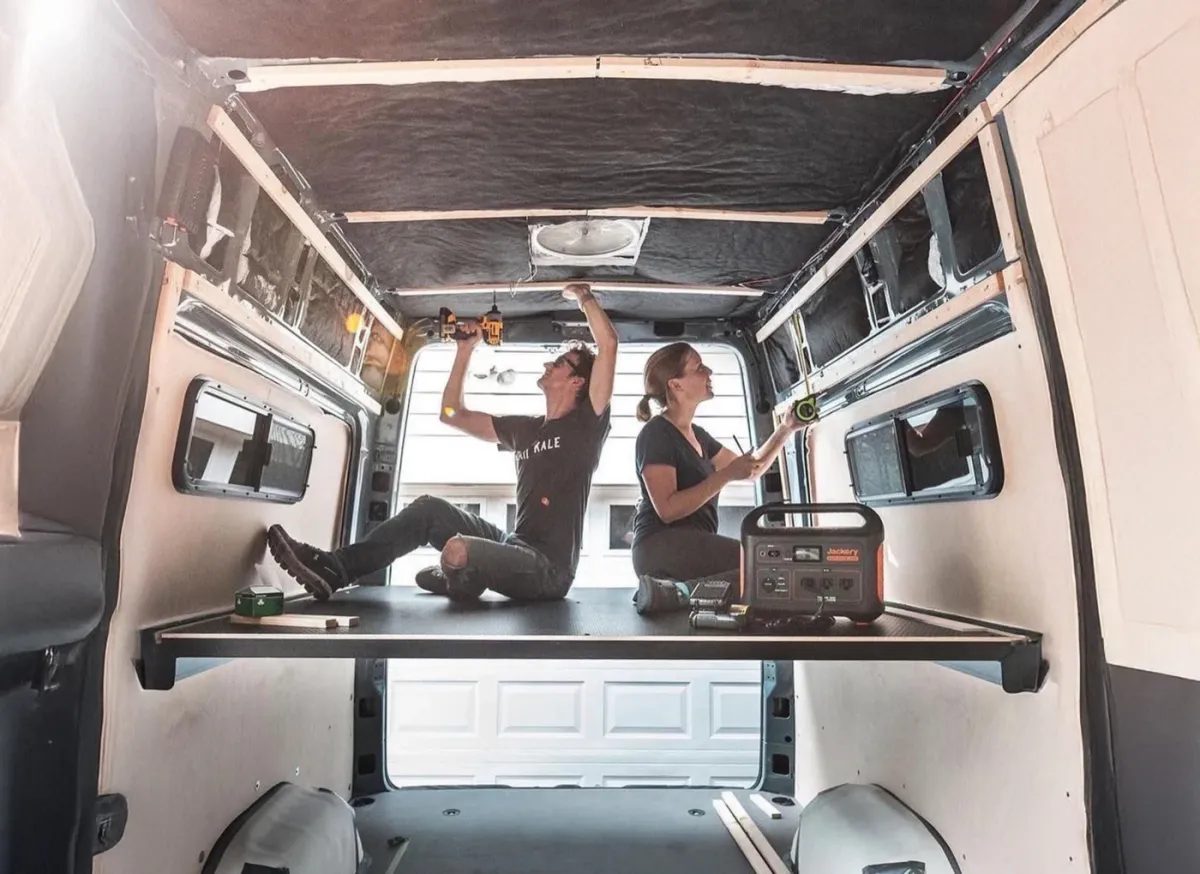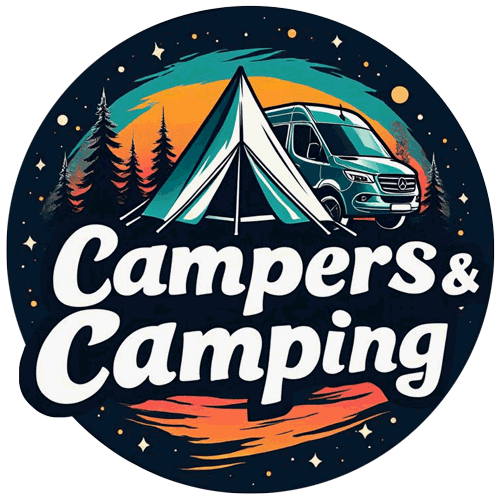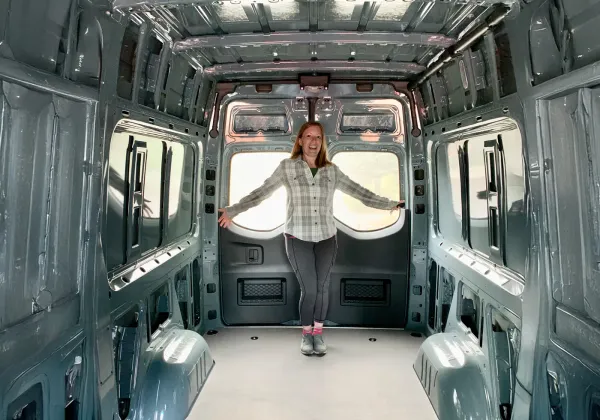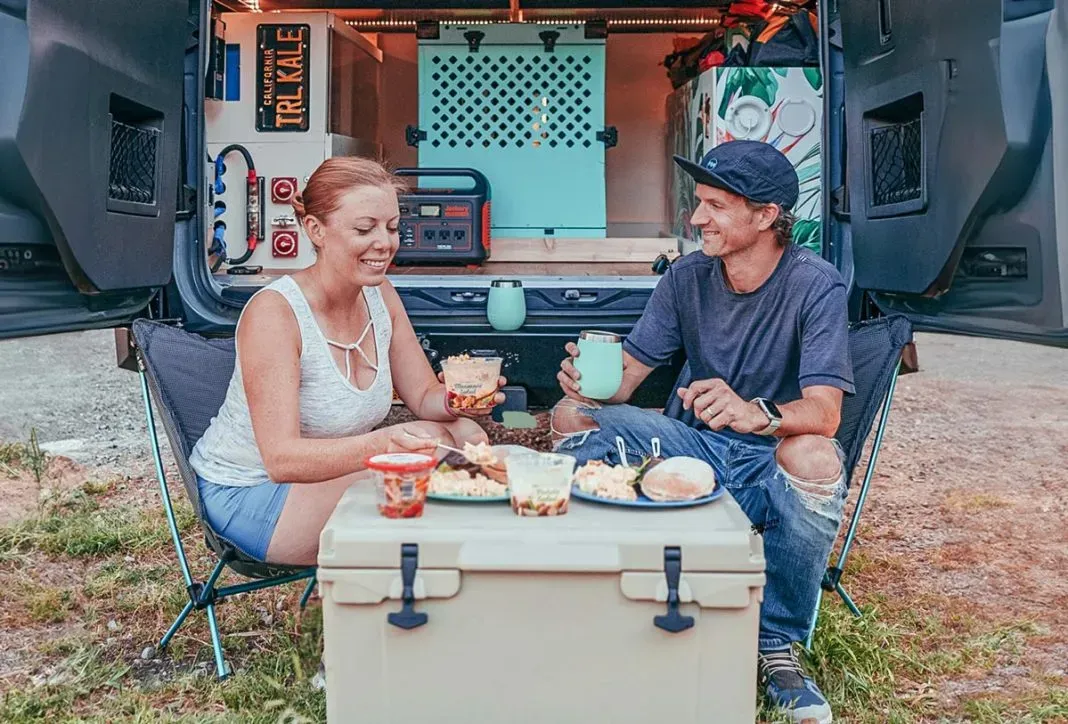So you’ve decided to build your own camper van. First off — respect, not everyone is brave enough to get this far in the process.
You’re about to create something that’s entirely yours, built to match your lifestyle, your adventures, and your idea of freedom.
But before you start picking out cabinet colors or sketching your dream layout, you’ve got to lay the groundwork. Fail to prepare, prepare to fail!
This first part of the series will help you figure out how you want to use your van, how much it might cost, and how to choose the right base vehicle to start your build — whether it’s a Sprinter, Transit, Promaster, or something totally different.
💌 This is part of our DIY Camper Van Build Series — a subscriber-only guide from Campers and Camping.
We’re breaking down how to go from empty cargo van to custom camper, one step at a time.
✨ Not subscribed yet? Join the community and unlock the full series →
🔧 DIY Camper Van Build Series: Table of Contents
- Planning your DIY van conversion ← You are here
- Prepping your van for conversion
- Designing your van layout and style
- Electrical, insulation, and utilities
- Building the core van structure
- Finishing touches + van life essentials
1. Decide how you’ll use your van
Before you break out the power tools, get clear on one thing: how do you actually plan to use your camper van?
Weekend warrior? Cross-country road tripper? Full-time digital nomad? Your answer will shape everything from layout and storage to power needs and water tank capacity.
| Use Case | Key Features to Prioritize |
|---|---|
| Weekend getaways | Basic build, smaller battery, minimal cooking setup |
| Multi-week road trips | Mid-size fridge, better storage, off-grid capabilities |
| Full-time van life | Full insulation, solar, water tanks, dedicated cooking space |
Also think about where you'll be — cities or national parks? Hot climates or snowy ones?
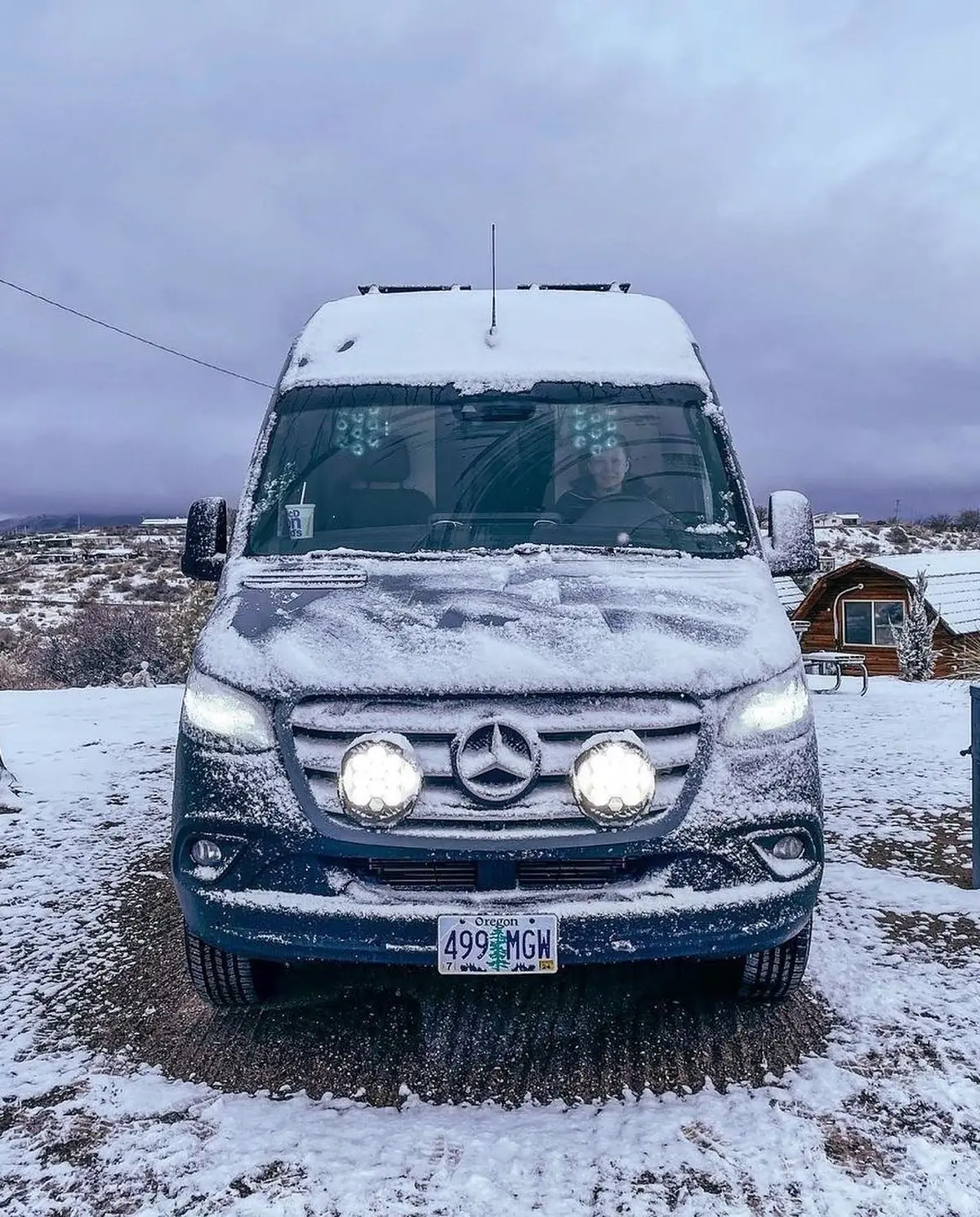
These choices affect how you plan insulation, stealth features, and heating or cooling systems.
2. Set a realistic budget
Here’s the deal — your van build budget has two big parts:
- The van itself
- The conversion costs (includes materials and your time)
Cargo vans vary in price based on make, model, and condition. A used Transit or Promaster might run you $10–30K, while a new high-roof AWD rig can push $60K+.
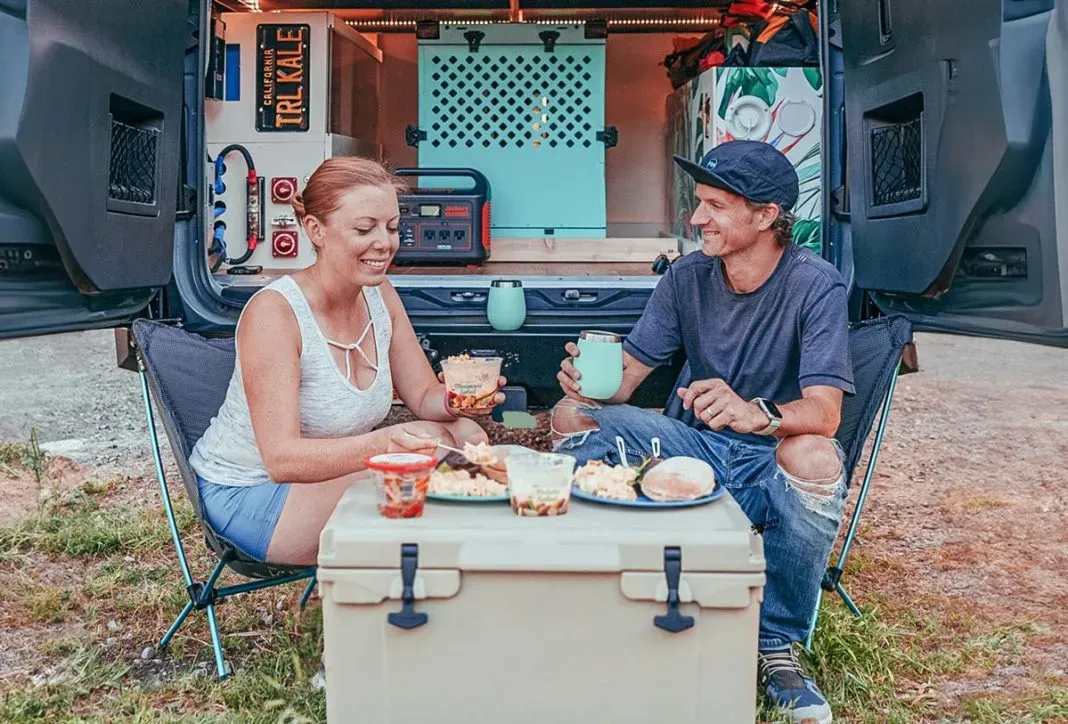
PART 1 of our 6 Part Van Life Guide
Your DIY build costs can range from $5K to easily $40K+ depending on how simple or dialed-in you go. The more you can do yourself (and the more flexible you are with materials), the further your money will stretch.
Don’t forget to budget for:
- Tools (buying or borrowing)
- Labor (if you’re outsourcing electrics / wiring, plumbing, or metalwork)
- Registration, insurance, and taxes
- Potential repairs or upgrades to the van itself
💡 Pro tip: Break your budget into “must-haves” vs. “nice-to-haves.” That way you can build in stages and add things as you go. For example, all those fancy exterior mods might be your 'nice-to-haves'.
3. Choose your van
You don’t need a specific brand to build an awesome camper. What matters is the condition, space, and features that suit you.
Here are some common options:
🚐 Mercedes Sprinter
High roof, lots of space, diesel engine, various lengths, 2WD or AWD, great resale — but pricey.
🚛 Ford Transit
Great headroom, easier to service, available in AWD.
🚐 Ram Promaster
Wide interior, front-wheel drive, easier for DIY builds.
🚗 Minivans and others
Stealthy, budget-friendly, and great for part-time travel or solo use.
What to look for in any van:
- Low rust (check floor, wheel wells, undercarriage)
- Solid maintenance history
- High roof if you want to stand up inside
- Length and layout that suit your travel style
- Mechanically sound — get it inspected before buying
Coming up next…
In Part 2 of this series, we’ll walk through how to clean, strip, and prep your van for its transformation — from rust checks to panel removal and layout planning. 🔓 Be sure to subscribe for free, to unlock the rest of this series.
This is where the blank canvas starts to feel like your van.
👉 Head to Part 2: Prepping your van for conversion
